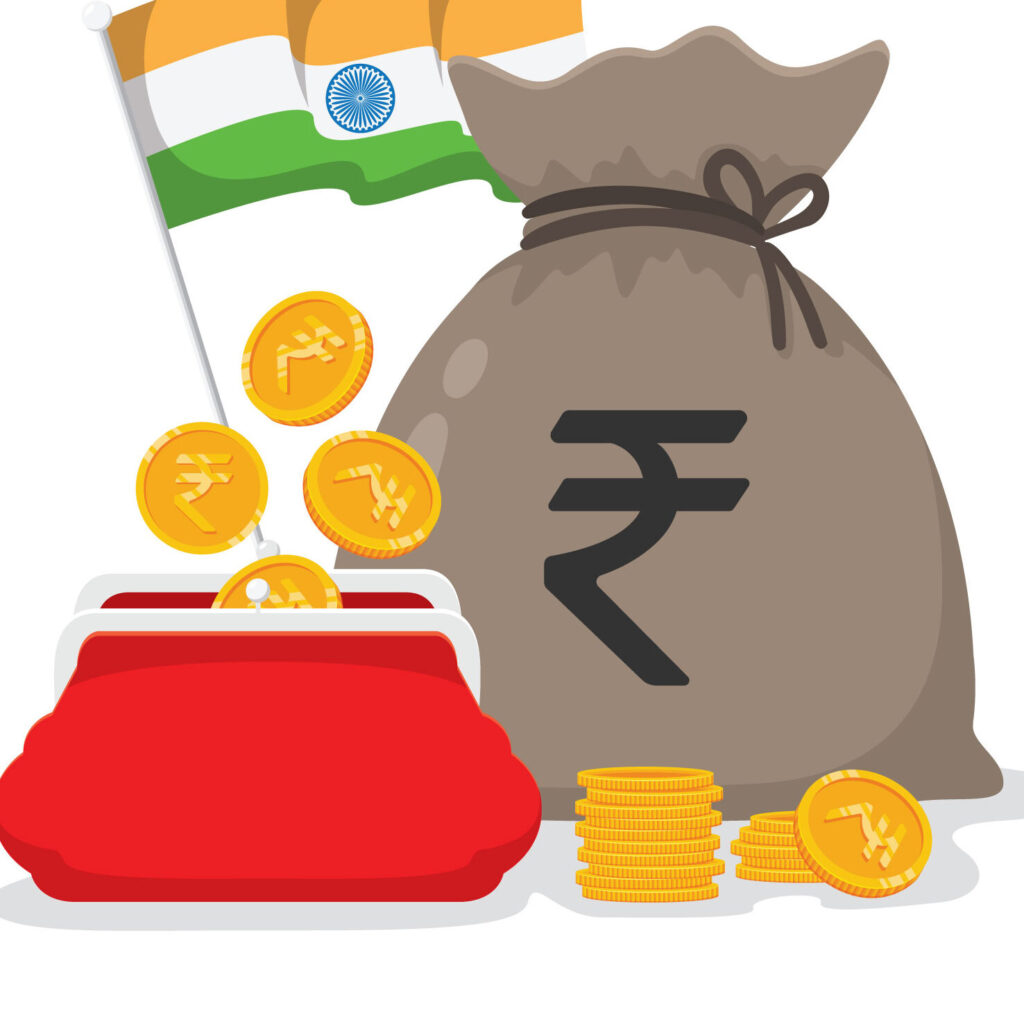India recently made a historic decision to demonetise the two highest denominations of its currency—the 500-rupee and 1,000-rupee notes. Demonetisation has been met with mixed reactions, and it’s important to understand its implications so you can form an informed opinion. In this guide, we’ll look at what led up to the decision, how it will affect the economy and citizens, and more.
List of Contents
What is the Demonetisation?
Demonetisation is the act of stripping a currency unit of its status as legal tender. It occurs when a government declares that a certain type of currency can no longer be used as money, typically because it is being replaced by new notes or coins. The process of demonetization involves withdrawing a specific type of currency from circulation and replacing it with new notes or coins. This can be done for a variety of reasons, such as to combat counterfeiting, to update the design of the currency, or to address economic issues.
One notable example of demonetisation occurred in India in 2016, when the government announced that all 500 and 1,000 rupee notes (which accounted for about 86% of the cash in circulation) would be withdrawn from circulation and replaced with new 500 and 2,000 rupee notes. This was done in an effort to combat corruption and counterfeiting, and to encourage the use of digital payment methods. The demonetization caused widespread disruption and inconvenience for many people, as the new notes were not immediately available in sufficient quantities, and there were limits on how much cash individuals could withdraw from banks.

Know About the Demonetisation Decision in India?
In November 2016, the Indian government announced that it would demonetize the 500 and 1,000 rupee notes, which were then the largest denominations of currency in circulation in India. The decision was made by the government of Prime Minister Narendra Modi and was implemented by the Reserve Bank of India (RBI), the country’s central bank.
The government claimed that the demonetisation was necessary to combat corruption, counterfeiting, and tax evasion, as many people were believed to be hoarding large amounts of undeclared wealth in the form of the old 500 and 1,000 rupee notes. The demonetization was also intended to encourage the use of digital payment methods and to move the Indian economy towards a cashless model.
The demonetisation was implemented quickly, with the old 500 and 1,000 rupee notes being withdrawn from circulation on the evening of November 8, 2016. This caused widespread disruption and inconvenience for many people, as the new 500 and 2,000 rupee notes were not immediately available in sufficient quantities, and there were limits on how much cash individuals could withdraw from banks. The demonetization also affected businesses and the economy as a whole, as many transactions were conducted using cash and there was a shortage of cash available for these transactions.
Overall, the demonetization in India was a controversial and divisive issue, with some people supporting the government’s efforts to combat corruption and others criticizing the decision for its negative impact on the economy and on the lives of ordinary people.
What are the impacts of demonetisation?
Demonetization is the process of withdrawing a particular currency unit from circulation and replacing it with a new one. This can have a variety of impacts, depending on the specific circumstances of the demonetization and the country in which it takes place. Some potential impacts of demonetization include:
- Disruption of the economy: Demonetisation can disrupt normal economic activity, as people may not have access to the new currency or may not be able to use the old currency. This can lead to delays or disruptions in the production and exchange of goods and services.
- Inflation: If the supply of money decreases due to demonetization, it can lead to inflation, as the same amount of goods and services will be exchanged for a smaller quantity of money.
- Increased use of digital payment systems: Demonetization may lead to an increase in the use of digital payment systems, such as credit and debit cards or electronic banking, as people seek alternative ways to make transactions.
- Increased tax compliance: Demonetization can lead to increased tax compliance, as people who have undeclared income in the old currency may be more likely to declare it in order to exchange it for the new currency.
- Reduction in corruption: Demonetization may lead to a reduction in corruption, as it can be more difficult to use undeclared or illicitly obtained funds when the old currency is no longer accepted.
- Increased transparency: Demonetization may increase transparency in the economy, as it can be more difficult to use undeclared or illicitly obtained funds when the old currency is no longer accepted.
It’s important to note that the specific impacts of demonetisation will depend on the context in which it takes place, and not all of the impacts listed above will necessarily be observed in every case.

Conclusion
In conclusion, the demonetisation of the 500 and 1,000 rupee notes in India in 2016 was a major policy decision that had far-reaching consequences for the country. The demonetization was intended to combat corruption, counterfeiting, and tax evasion, and to encourage the use of digital payment methods. It had a significant impact on the Indian economy, with some sectors being more affected than others. The demonetization also had a political impact, with the ruling party facing criticism for the negative impact on the lives of ordinary people. However, six years later, the Indian economy has recovered and has grown at a relatively healthy rate, and the use of digital payment methods has increased significantly. The demonetization has also been followed by a number of other changes to the currency system in India, such as the introduction of new coins and the issuance of a central bank digital currency.
FAQs
Here are some frequently asked questions about demonetisation:
1. What is demonetization?
Demonetisation is the act of stripping a currency unit of its status as legal tender. It occurs when a government declares that a certain type of currency can no longer be used as money, typically because it is being replaced by new notes or coins.
2. Why do governments demonetize currency?
Governments may demonetize currency for a variety of reasons, such as to combat counterfeiting, to update the design of the currency, or to address economic issues.
3. What are some examples of demonetisation?
One notable example of demonetization occurred in India in 2016, when the government announced that all 500 and 1,000 rupee notes (which accounted for about 86% of the cash in circulation) would be withdrawn from circulation and replaced with new 500 and 2,000 rupee notes. Other examples of demonetization include the withdrawal of the U.S. $500, $1,000, $5,000, and $10,000 notes in 1969 and the demonetization of the Zimbabwean dollar in 2015.
4. What are the impacts of demonetisation?
The impacts of demonetization depend on the specific circumstances of the country in question. Demonetization can have economic, political, and social impacts, and can cause disruption and inconvenience for businesses and individuals. Some of the potential impacts of demonetization include a reduction in the amount of cash in circulation, an increase in the use of digital payment methods, and economic effects such as a slowdown in economic activity.
Follow us on Google News
